The Real Deal on Ear Piercings: A No-Nonsense Guide to Getting It Right
After more than a decade in the piercing world, I’ve seen it all. Trends pop up and fade away, but one thing is constant: a great piercing starts with respecting anatomy, not just chasing a look you saw online. When someone sits in my chair, I’m not just seeing a blank canvas. I’m looking at the specific landscape of their ear—the depth of the conch, the curve of the helix, all the unique folds and ridges. Getting a piercing is a minor medical procedure, plain and simple. We’re creating a small, intentional wound, and how we plan for it and care for it makes all the difference between a beautiful piece of lifelong art and a total headache.
In this article
This is the stuff I wish everyone knew before they even stepped into a studio. We’re going to go way beyond a simple list of piercing names. We’ll get into why the shape of your ear is the most important factor, what to expect on piercing day (including the big questions: pain and cost!), and what real healing looks like. My goal here is to arm you with the confidence to walk into a studio, have an intelligent conversation with your piercer, and rock your new jewelry safely.
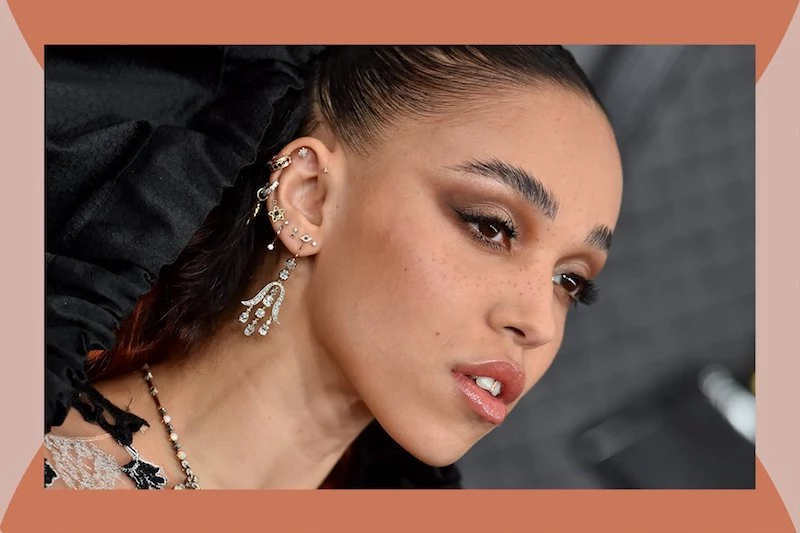
First Things First: Your Anatomy Is the Boss
Before you get your heart set on a specific piercing, we have to talk about your ear’s unique geography. It’s a conversation I have all the time. Someone will come in with a picture of a killer industrial piercing, and I have to be the one to gently explain that their ear’s outer ridge isn’t defined enough to support it without causing major issues. It can be a bummer, I get it. But a good piercer will always prioritize your health over just making a sale. Forcing a piercing where it doesn’t belong is a surefire recipe for irritation, migration, and ultimately, having to take it out.
Your ear is basically made of two different neighborhoods: the soft, fleshy lobe and the firm cartilage that makes up everything else. They heal in completely different ways.
- The Lobe (Soft Tissue): This part is full of blood vessels, which is great news for healing. It’s why lobes heal so quickly, usually within 2 to 4 months. The tissue is soft and pretty forgiving.
- Cartilage (Everything Else): Cartilage is the total opposite. It doesn’t have its own blood supply, so it heals much, much slower. You’re committing to a 6 to 12-month healing journey, sometimes even longer. It’s also way less forgiving if you sleep on it or use the wrong jewelry.
Honestly, understanding this difference is half the battle. When you get cartilage pierced, you’re signing up for a long-term commitment that requires real patience.
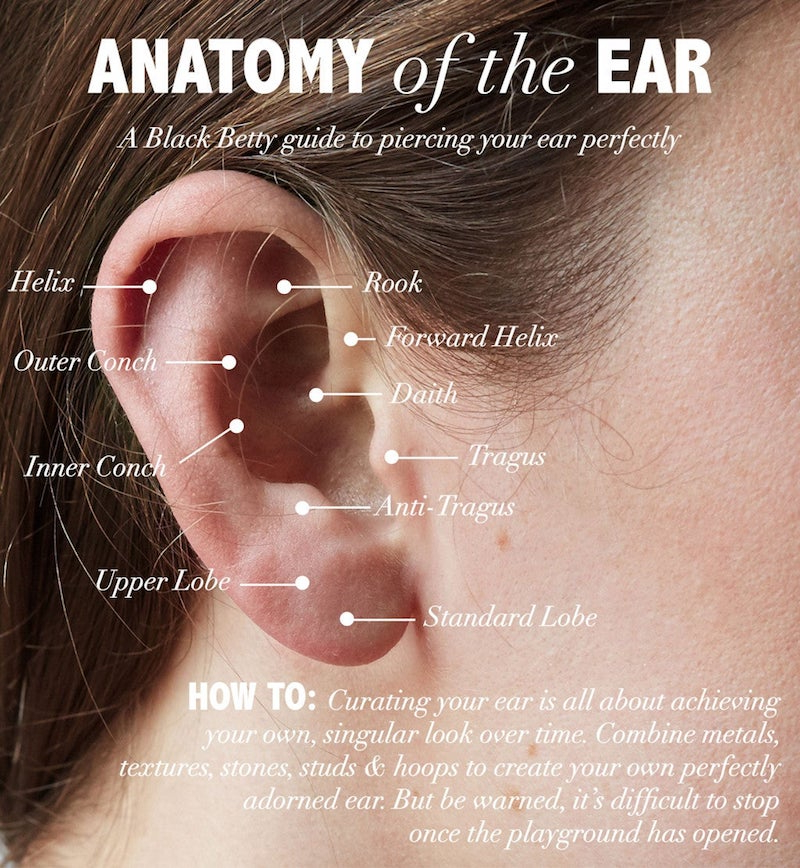
A Tour of the Ear: Placements, Pain, and Prices
Let’s break down the common spots, but with the info you actually want: How much does it hurt, and what’s it going to cost? Keep in mind, prices vary by location, but this gives you a ballpark. The total cost is usually the piercing service fee plus the cost of the jewelry.
The Lobe Region
This is where most people start, and for good reason. Healing is a breeze compared to cartilage.
- Standard Lobe: The classic. Pain-wise, it’s usually just a quick pinch, maybe a 2/10. Expect to pay about $20-$40 for the service fee, plus $30+ for a basic implant-grade titanium stud. Quick tip: Start with a flat-back labret stud, not a hoop. Hoops move around too much and can seriously delay healing.
- Upper Lobe: Same deal as a standard lobe, just a bit higher up. They’re perfect for creating a stacked look. The cost and pain are pretty much identical to a standard lobe.
- Transverse Lobe: This one’s a bit more advanced—a barbell goes horizontally through the lobe. It requires a really skilled piercer to get the depth right. Pain is a bit more intense, maybe a 4/10. The cost will be slightly higher, around $50-$70 for the service, due to the complexity.
- Stretched Lobes: This isn’t a piercing, but a modification process. It’s all about patience, waiting at least 4-6 weeks between stretches. Please, call it “stretching,” not “gauging” (a gauge is just a unit of measurement!). For stretching, stick to single-flare glass plugs or high-quality steel. Never, ever use silicone or acrylic in a fresh stretch.
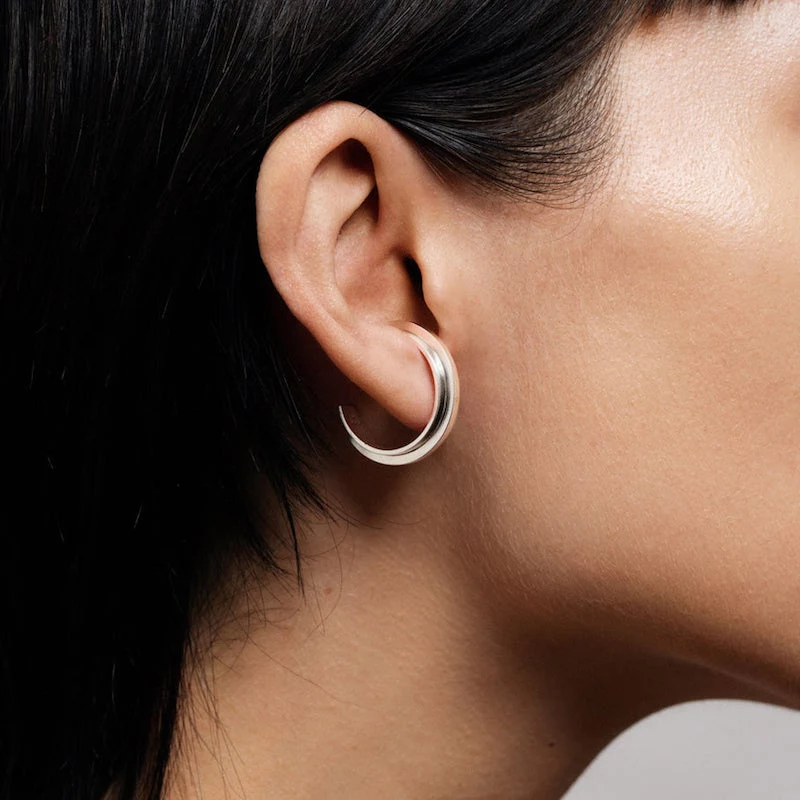
The Outer Rim (The Helix)
This is the popular outer rim of cartilage. Lots of options here, but they all come with one major challenge: sleeping.
- Helix: The standard cartilage piercing on the upper-outer rim. Pain is a sharp sting, but it’s over fast—a solid 5/10. Healing takes a good 6-9 months. The biggest enemy? Your pillow. Sleeping on a new helix is the #1 cause of those dreaded irritation bumps. Seriously, get a travel pillow and sleep with your ear in the hole. It’s a game-changer. Cost is typically $35-$50 for the service, plus $30+ for a titanium labret.
- Forward Helix: Sits on the front rim, right above your tragus. You might be able to fit a cool single, double, or even triple here, but it totally depends on your anatomy. Pain is similar to a standard helix, a 5/10 or 6/10. Cost is also in the same range.
- Industrial: This is the holy grail for some, but it’s the most anatomy-dependent piercing out there. It’s two piercings (a helix and a forward helix) connected by one long bar. If the alignment is even a millimeter off, it will never heal right. Pain can be a spicy 7/10 because you’re getting two piercings in one sitting. I have to turn away a good chunk of people who want one because their ear shape just won’t allow it to heal without causing damage. By the way, I once had a client who was bummed she couldn’t get an industrial, so we planned a custom project with a flat piercing and a helix using matching jewelry. She ended up loving it more because it was totally unique to her! Expect to pay $60-$80 for the service, plus $45+ for the barbell.
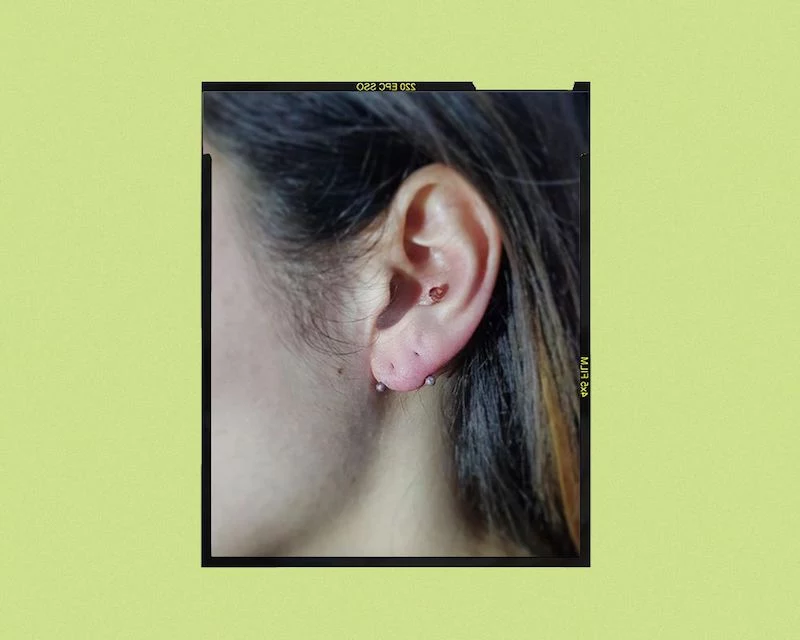
The Inner Ear
These are tucked inside the “cup” of the ear, which looks awesome and keeps them a bit more protected.
- Conch: Pierced through the main cup of the ear. It can be an inner conch (perfect for a stud) or an outer conch (where you can eventually wear a big hoop). It’s a dull, thudding pressure—maybe a 6/10 on the pain scale. It swells a lot, so you’ll need a long initial bar. Budget around $40-$60 for the service, plus jewelry.
- Daith: Goes through the small ridge of cartilage right above the ear canal. Fun fact: The claim that it cures migraines is a myth. While some people report relief, it’s most likely a placebo effect. Get it because you love the look, not as a medical treatment! It’s a very unique, deep pressure. Most people rate it a 6/10. Cost is usually around $40-$60 plus the cost of a hoop or curved barbell.
- Rook: A vertical piercing through the upper fold of cartilage inside the ear. It can be a tricky healer. Pain-wise, it’s often a sharp 7/10 because the cartilage is thick. Healing takes its sweet time, often 9-12 months. Not everyone has a defined enough ridge for this one. Cost is similar to a daith.
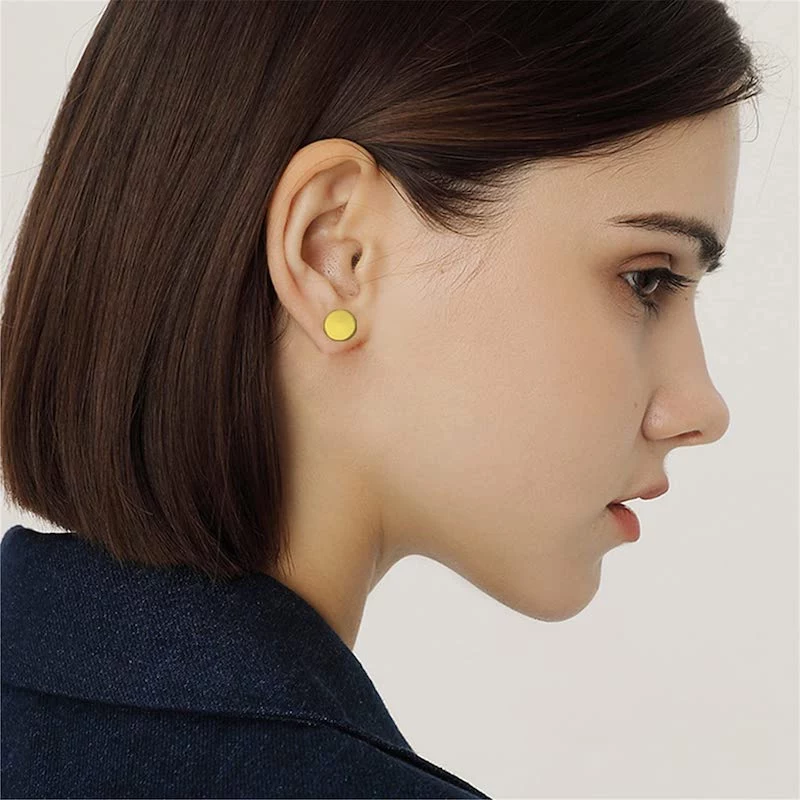
The Tragus & Friends
This little area near the ear canal has some really popular options.
- Tragus: The little nub that covers your ear canal. It’s super cute, but it comes with a major catch: you can’t wear earbuds in that ear for the entire healing period (6+ months). Over-ear headphones are your only friend. The pain is surprisingly low for most, a quick pop at around a 4/10. The service fee is usually $40-$50.
- Flat: As the name says, it’s on the flat plane of cartilage. This spot is an amazing canvas for really decorative jewelry tops. The pain is a sharp sting, maybe a 6/10. The key here is perfect placement so the jewelry sits totally flush. Cost is similar to a helix.
- The Snug & Anti-Tragus: Okay, let’s be frank. The snug piercing, which goes horizontally through the ridge opposite the tragus, is one of the hardest piercings to heal. Period. It’s in a thick, high-movement area and swells like crazy. The anti-tragus is in the same area but placed vertically. Both are very anatomy-dependent and can be quite tender. I’d put them at an 8/10 for pain and difficulty. I only recommend these for very patient, diligent clients.
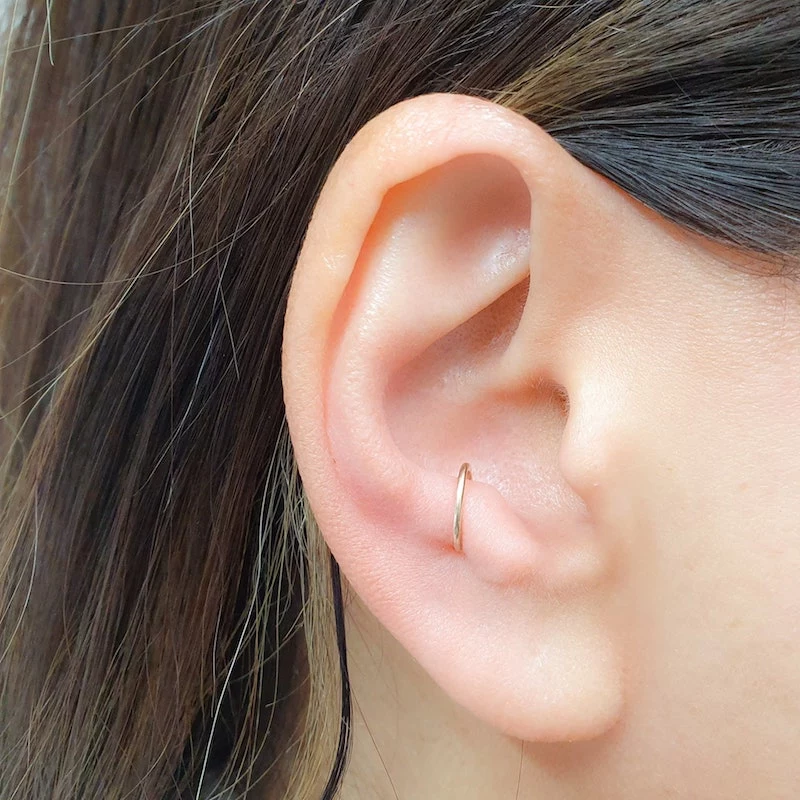
What to Expect on Piercing Day
Walking into a studio for the first time can be intimidating, so here’s a play-by-play of how it should go. A little prep makes a huge difference!
Before You Go: – Have a good meal within 4 hours of your appointment. Low blood sugar can make you feel dizzy. – Don’t drink alcohol or excessive caffeine beforehand. They thin your blood and can make you jittery. – Bring your photo ID. It’s required by law. – Think about which side you sleep on. It’s usually best to pierce the side you don’t sleep on.
At the Studio: 1. Paperwork & Chat: You’ll fill out a consent form and show your ID. Then, you’ll chat with your piercer about placement, jewelry, and the process. This is your time to ask questions! 2. Sterilization: Your piercer should wash their hands, put on fresh gloves, and clean your ear. They will open all sterile supplies in front of you—the needle, gauze, and jewelry should come from sealed, single-use packages. 3. The Piercing: They’ll mark the spot with a skin-safe marker for your approval. Take a deep breath in, they’ll pierce on the exhale, and it’s over! They’ll immediately install the jewelry. 4. Aftercare Rundown: A good piercer will thoroughly explain the aftercare routine, what’s normal, what’s not, and when to come back for a downsize. Don’t be afraid to ask them to repeat something.
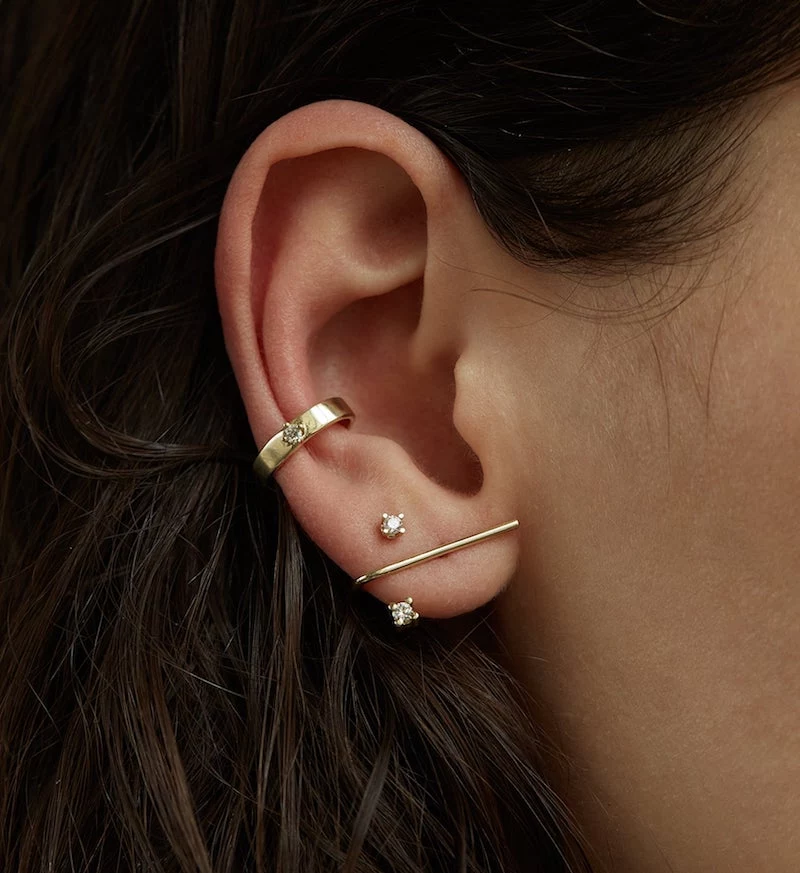
Finding a Pro: What a Safe Studio Looks Like
The person doing your piercing is way more important than the piercing itself. Here’s your safety checklist:
- Cleanliness is Everything: The studio should be visibly clean, from the floors to the piercing room.
- Autoclave Sterilization: This is the big one. An autoclave is a medical-grade machine that uses pressurized steam to sterilize tools and jewelry. Ask to see it and its recent spore test results. A pro will be proud to show you.
- Single-Use Needles: The piercer must open a brand-new, sterile, hollow needle in front of you and dispose of it in a sharps container immediately after.
- NO PIERCING GUNS. I can’t say this loudly enough. Never, ever get pierced with a gun, especially not cartilage. They can’t be sterilized properly and use blunt force that shatters tissue, leading to awful healing. A needle is sharp and separates tissue cleanly.
- Quality Jewelry Only: A great studio will use implant-grade materials. They should use implant-grade titanium (ASTM F-136), niobium, or 14k/18k solid gold from reputable body jewelry brands like Anatometal, Neometal, or BVLA. If they just say “surgical steel” and can’t prove its quality, walk away.
Heads up! A fantastic resource is the Association of Professional Piercers (APP). You can find their member locator on the safepiercing.org website to find a piercer near you who meets high safety standards.

Healing 101: Aftercare and Troubleshooting
Good aftercare is actually super simple. Your body knows how to heal; your job is just to keep things clean and leave it alone.
Your Pre-Appointment Shopping List: – Sterile Saline Wound Wash Spray ($5-$15 at any pharmacy) – Non-Woven Gauze Pads ($3-$7) – A travel or donut pillow if you’re a side sleeper ($10-$20)
My Recommended Routine: 1. Spray the front and back of your piercing with sterile saline solution, 1-2 times a day. 2. Gently pat the area dry with a clean piece of non-woven gauze or a paper towel. Don’t use cotton swabs or towels—they can leave behind fibers or snag the jewelry. 3. Otherwise, Leave It The Heck Alone (LITHA). Don’t twist it, don’t sleep on it, don’t touch it. Over-cleaning is just as bad as not cleaning enough. Let your body do its thing.
When Things Get Bumpy
Irritation bumps are super common, especially with cartilage. They are almost always a symptom of something bothering the piercing—sleeping on it, wrong jewelry, getting snagged, etc. They are NOT infections or keloids. The first step is always a check-up with your piercer to figure out the cause.
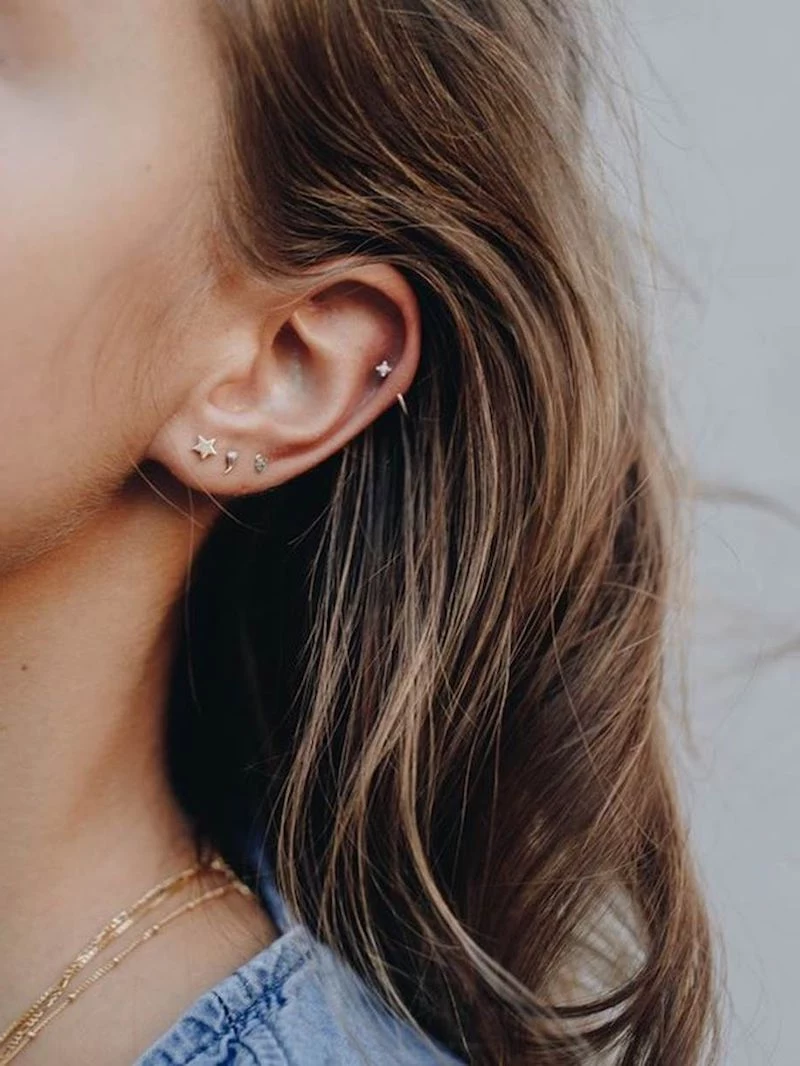
A true infection is rare but serious. Look for thick, dark, smelly pus (not the normal whitish fluid), red streaks, skin that’s hot to the touch, and fever. If you see these signs, see a doctor immediately, but DO NOT remove the jewelry. Taking it out can trap the infection inside.
The Long Game: Curation and Downsizing
Once you’ve healed a few piercings, you can start thinking about “curation”—planning a whole look for your ear that flows together. It’s a fun process of working with a piercer over time to build a cohesive collection.
But the most important long-term step is downsizing your jewelry. That long bar you were pierced with is only for the initial swelling. After about 4-8 weeks, you need to go back to your piercer to have a shorter, properly fitted post put in. This follow-up usually costs around $15-$25 for the service, plus the cost of the new, shorter post. Skipping this step is the fast track to snagging your piercing and making it heal at a weird angle. Trust me, it’s the most crucial—and most often skipped—part of long-term success.

Inspirational Gallery
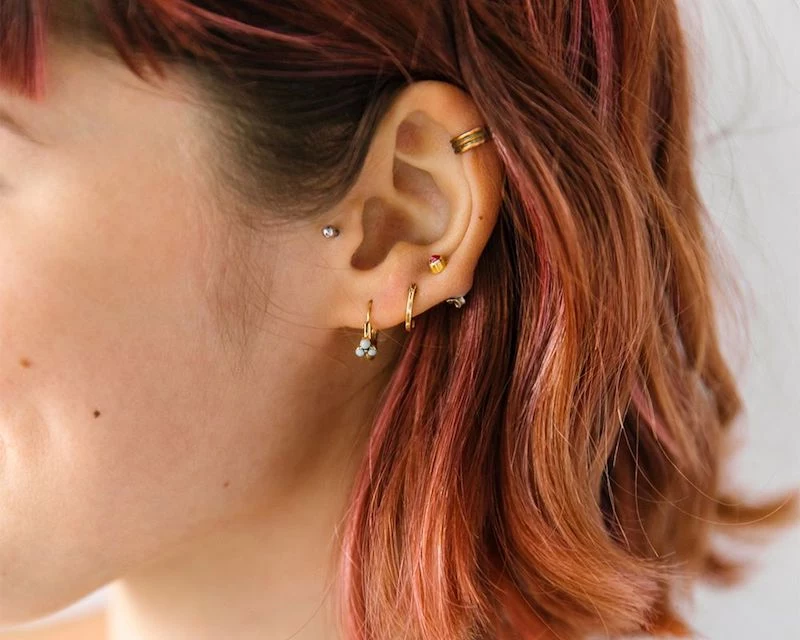
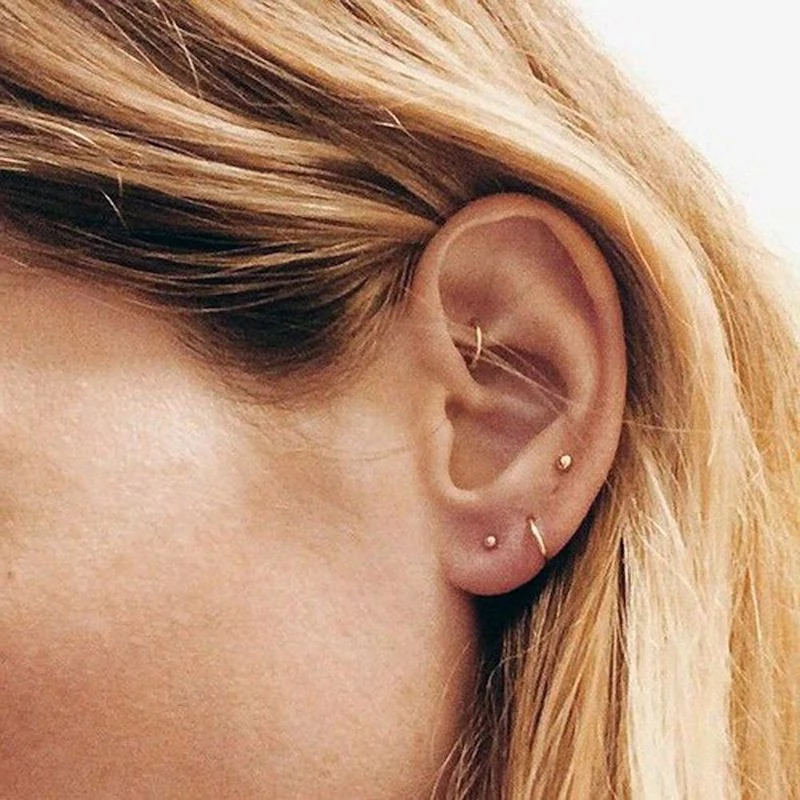
Your piercer’s #1 choice for initial jewelry isn’t just a suggestion, it’s a safety standard. Implant-grade titanium (specifically ASTM F-136) is the same material used for surgical implants. It’s completely nickel-free, lightweight, and won’t tarnish, giving your new piercing the best possible environment to heal without allergic reactions or irritation.
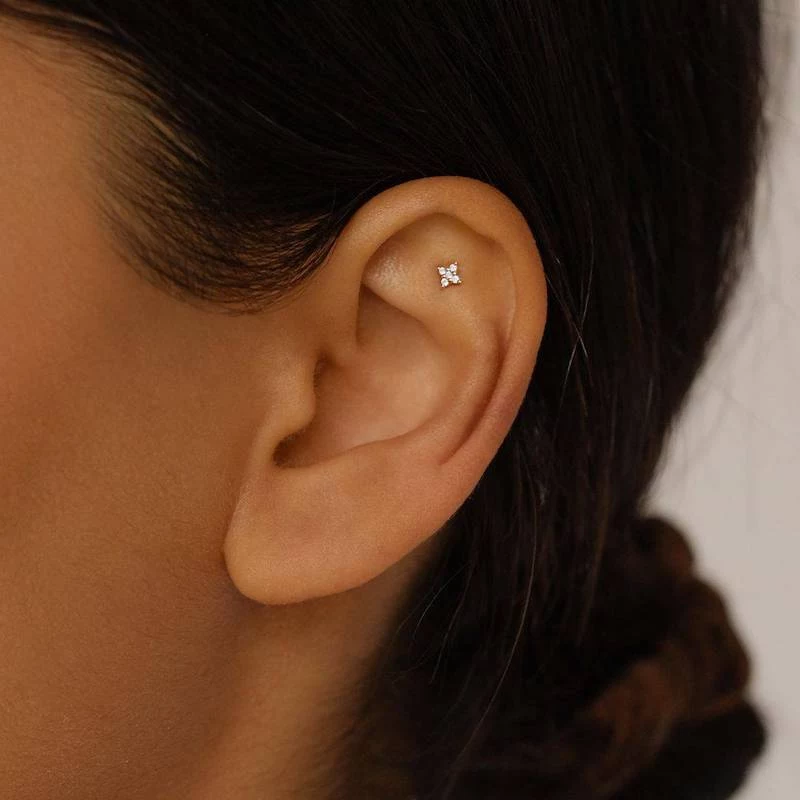
Should I be twisting my new piercing to stop it from getting stuck?
Absolutely not! This is outdated advice that does more harm than good. Twisting the jewelry drags in crust and bacteria, tears the delicate healing channel (the fistula), and can significantly delay healing. The best policy? LITHA: Leave It The Heck Alone, aside from gentle cleaning.
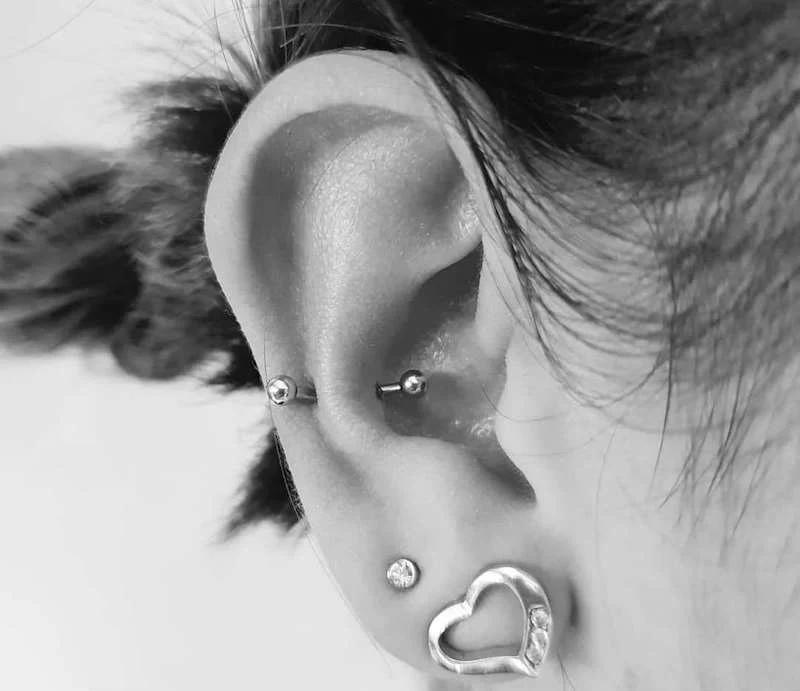
Flat-back Labret Stud: The go-to for initial cartilage piercings. It sits flush, minimizing snags on hair and clothing, and allows for precise swelling management by using a longer initial post.
Seamless Ring/Hoop: Often a desired final look, but problematic for initial healing. Hoops move and rotate more, causing irritation, and their curvature can put uneven pressure on the new piercing channel.
For a happy helix or conch, start with a stud and switch to a hoop only once you’re fully, fully healed.

- Sterile saline wound wash (a spray can, not contact solution). NeilMed Piercing Aftercare is a studio favorite.
- Non-woven sterile gauze pads for gentle cleaning or drying.
- A travel-sized pillow with a hole in it, or simply a neck pillow, to avoid sleeping on your new piercing.
- Patience. It’s the most important, and free, part of your kit.
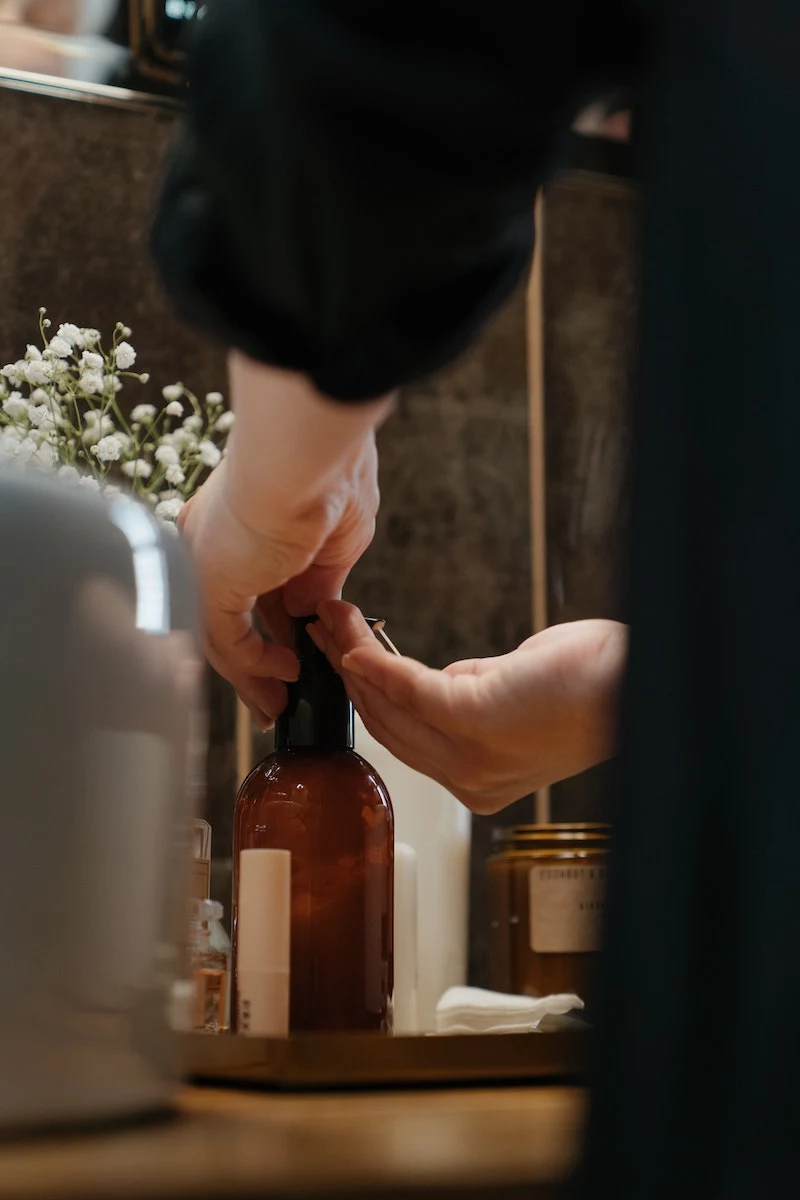
Thinking of getting three or four cartilage piercings in one sitting? A great piercer will likely advise against it. Your body has a limited capacity for healing, and overloading it is a recipe for a difficult, prolonged recovery. Here’s why pacing yourself is key:
- Immune System Overload: Each piercing is a wound. Healing several at once taxes your body’s resources.
- Swelling Management: One or two piercings will swell predictably. Multiple piercings can cause widespread, painful swelling across the entire ear.
- Aftercare Complexity: It’s much harder to effectively clean and care for multiple new, tender sites at once.


There is currently no medical evidence to support the claim that a daith piercing prevents or cures migraines.
While the daith is located near an acupuncture pressure point for headaches, the effect is largely considered to be a placebo. Many people anecdotally report relief, which is fantastic for them! However, it shouldn’t be approached as a guaranteed medical treatment. Get a daith because you love the way it looks; any potential therapeutic benefit should be seen as a possible bonus, not the primary goal.
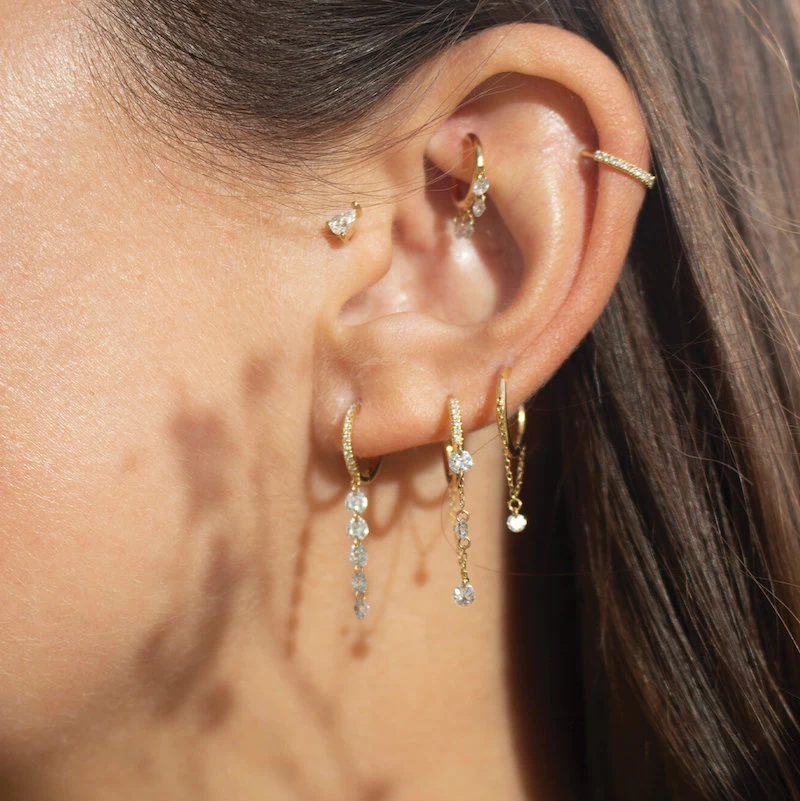
- It’s not usually an infection.
- It’s a common, treatable irritation bump.
- It often appears after snagging the jewelry or sleeping on it.
The culprit? Most often, it’s an

Forget the old rule about sticking to one metal color. A modern, curated ear thrives on contrast. Mixing yellow, rose, and white gold adds depth and personality. The key is intention: make it look deliberate by echoing shapes or themes across the different metals.

- Look for an autoclave (sterilizer) on-site and ask to see recent spore test results.
- Jewelry should be in sterilized, sealed packages and opened in front of you.
- Your piercer should wear gloves and use single-use needles.
- They should have a portfolio of healed work, not just fresh piercings.
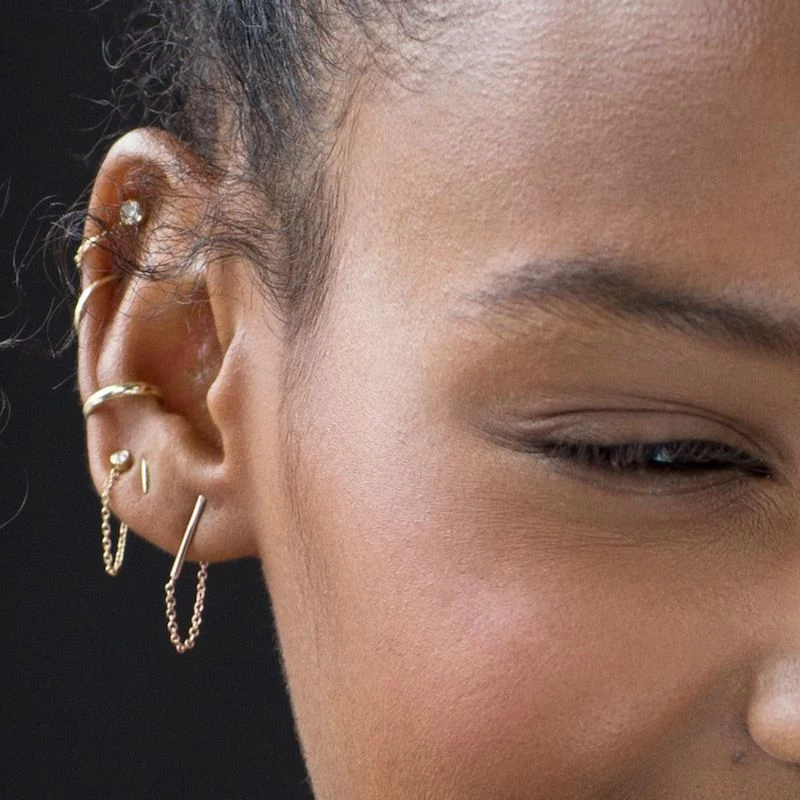
Quality jewelry is an investment in your health and style. Brands like BVLA (Body Vision Los Angeles), Anatometal, and Maria Tash don’t just offer beautiful designs; they guarantee biocompatible materials and a lifetime warranty against manufacturing defects. You’re paying for craftsmanship that won’t irritate your skin or fall apart.

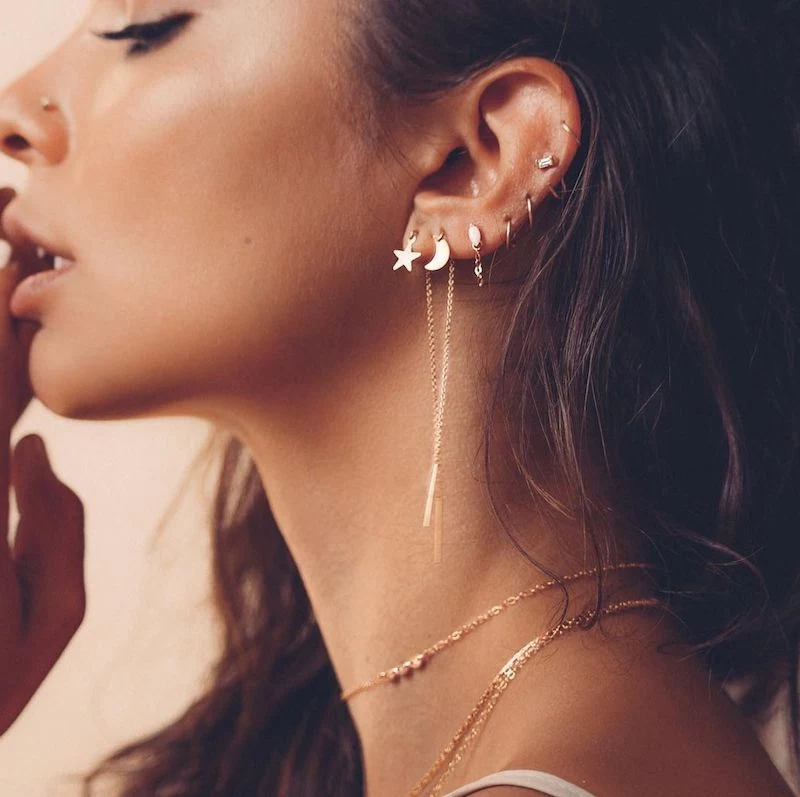
I have a beach vacation planned. Can I get pierced right before?
It’s best to wait. Submerging a new, unhealed piercing in any body of water—beaches, pools, lakes, or hot tubs—is a major risk. These environments are full of bacteria that can lead to serious infections. Most professional piercers recommend waiting at least 2-3 months, and even then, it’s a risk until you are fully healed (6-12+ months for cartilage).

Solid 14k or 18k Gold: Biocompatible, durable, and ideal for new and healed piercings. The color is permanent, and it’s a nickel-free alloy designed for lifetime wear inside the body.
Gold-Plated/Vermeil: A thin layer of gold over a base metal. This plating can wear off, exposing the base metal which can cause severe irritation and allergic reactions in an unhealed piercing.
For body jewelry, always choose solid gold, never plated.
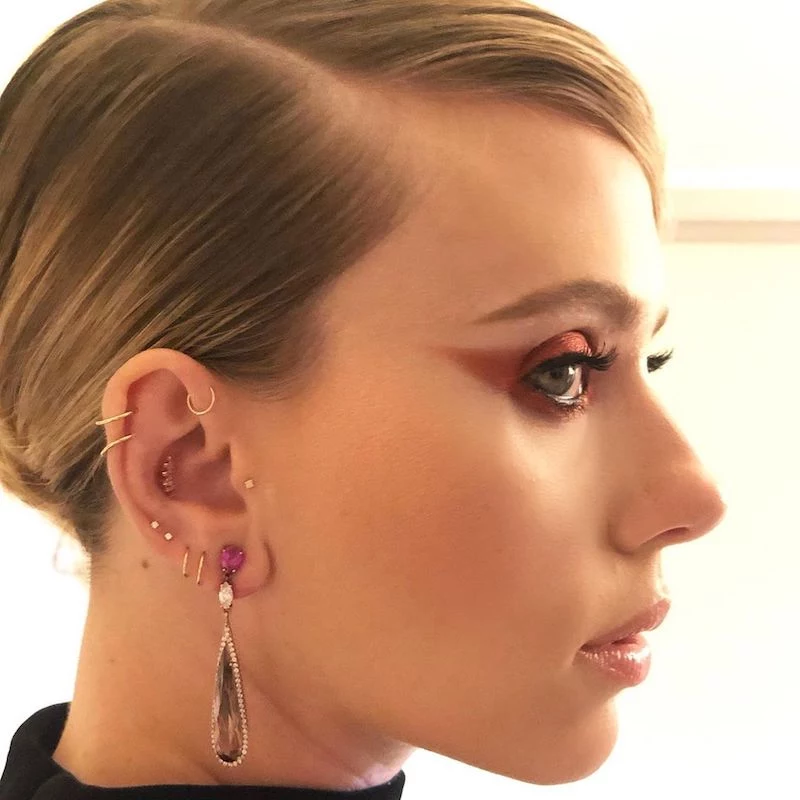
- Reduces snagging on hair and clothes.
- Prevents the piercing angle from shifting.
- Promotes a healthier, faster healing process.
The secret? It’s called

A 2021 survey showed the average piercing fee (excluding jewelry) in a major US city is between $40-$80.
This fee isn’t just for the 5 minutes you’re in the chair. It covers the piercer’s expertise, the single-use sterile needle, all sterile disposables (gloves, gauze, skin prep), the costs of sterilization equipment and maintenance, and the shop’s overhead. A cheap piercing often means corners are being cut on safety and quality.
The sparkle in your jewelry isn’t just about the stone, but how it’s held. The setting dramatically impacts both the look and the cleanability of your piercing. For body jewelry, you’ll mainly see these two styles:
- Bezel Setting: A metal rim fully encases the gemstone’s edge. This is the most secure and hygienic option, as there are no prongs to snag on fabric or trap debris.
- Prong Setting: Tiny metal claws hold the stone, allowing more light to hit it for maximum sparkle. While beautiful, they can be more prone to snagging and require more diligent cleaning.










